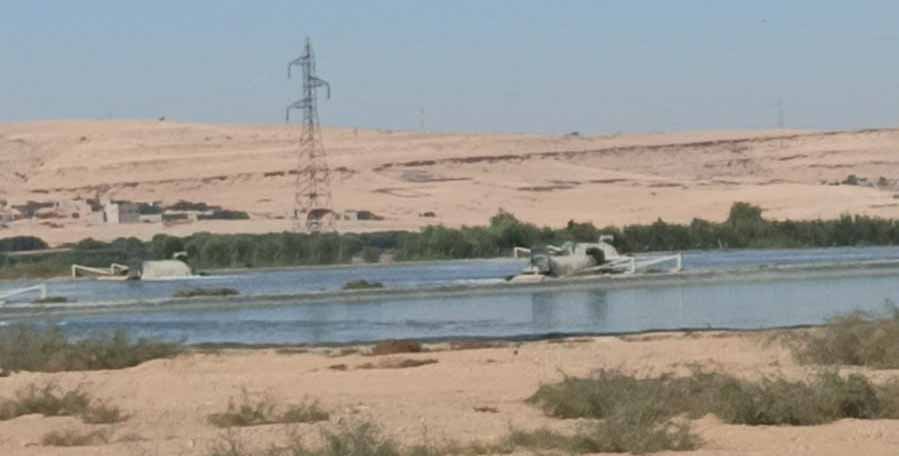Wastewater treatment plant enhancement toward a sustainable reuse and management for food security nexus in Northen Africa, Marrakech, Morocco

Water is considered one of the major limiting factors in crop productivity. Thus, the agricultural sector is a significant consumer of freshwater resources. The search for alternative irrigation sources is believed to be vital to preserve freshwater bodies and food safety, especially in countries confronted with water shortages. Morocco is known for its vulnerability to water resources because of the successive years of drought, induced by climate change and population growth. Thus, recycled wastewater has been suggested for agricultural activities. Still, this agricultural practice has limitations due to the persistence of pollutants and contaminants in treated wastewater (TWW). This situation requires optimal wastewater treatment, considering that agricultural reuse can cause a public health problem if the risk is not considered. Thus, the concept of “zero risk” could only be achieved under technological schemes of primary, secondary and disinfection treatment. Special interest will be given to emerging contaminants, microplastic, heavy metals, fecal indicator bacteria and antibiotic resistance genes since the effluents of municipal wastewater treatment plants are classified as one of the primary sources of these pollutants, as conventional treatment processes do not effectively prevent the release of these compounds into the environment. In this context, the present project presents a solution that addresses the beneficial effects of wastewater reuse in agriculture, emphasizing the effects on soil fertility, crop yield and quality, and human health. In Morocco, especially in rural and peri-urban areas, natural lagoons are the most widely used treatment process since the lagoon system requires minimal operation and maintenance. However, several studies demonstrated that the quality of TWW from a natural lagoon didn’t meet the Moroccan norms of reuse of effluents and suggested a complementary treatment before the reuse. Our main objective is to improve the quality of TWW from a natural lagoon using an efficient, innovative, and low-cost tertiary treatment. The quality of our improved TWW will be evaluated in comparison with TWW from a natural lagoon. Then, a greenhouse experiment will be carried out to assess the performance of our innovative treatment.
